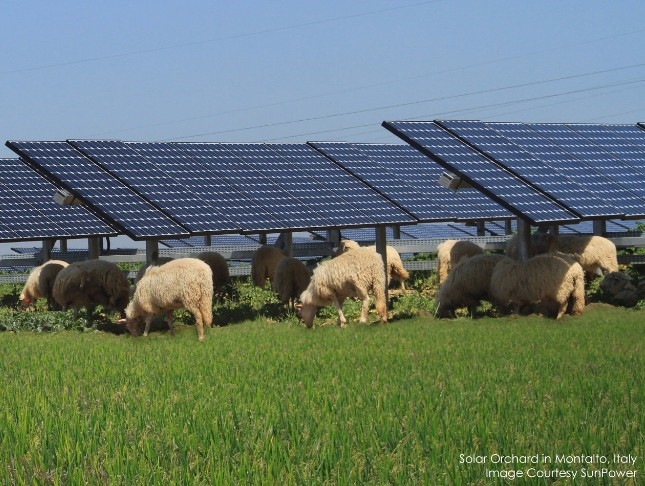
I propose this new language of carbon that aims to recognize the material and quality of carbon so that we can imagine and implement new ways forward. It identifies three categories of carbon:
- Living carbon: organic, flowing in biological cycles, providing fresh food, healthy forests and fertile soil; something we want to cultivate and grow
- Durable carbon: locked in stable solids such as limestone or recyclable polymers that are used and reused; ranges from reusable fibers like paper and cloth, to building and infrastructure elements that can last for generations and then be reused
- Fugitive carbon: has ended up somewhere unwanted and can be toxic; includes carbon dioxide released into the atmosphere by burning fossil fuels, ‘waste to energy’ plants, methane leaks, deforestation, much industrial agriculture and urban development
A subset of all three, working carbon, is a material being put to human use. For example, working living carbon is cultivated in agricultural systems. Working durable carbon is recycled, reused and reprocessed in circular technical systems; and working fugitive carbon includes fossil fuels used for power.
The new language also identifies three strategies for carbon management and climate change:
- Carbon positive: actions converting atmospheric carbon to forms that enhance soil nutrition or to durable forms such as polymers and solid aggregates; also recycling of carbon into nutrients from organic materials, food waste, compostable polymers and sewers
- Carbon neutral: actions that transform or maintain carbon in durable Earth-bound forms and cycles across generations; or renewable energy such as solar, wind and hydropower that do not release carbon
- Carbon negative: actions that pollute the land, water and atmosphere with various forms of carbon, for example, carbon dioxide and methane into the atmosphere or plastics in the ocean

I recently launched my concept for the Carbon Positive City which brings the new language for carbon into a tangible design framework. The Carbon Positive City integrates agriculture, regenerative land management practices and urban design at a regional and international scale. It recognizes both local and distant effects of cities and envisions a holistic, synergistic system to transform fugitive carbon into durable carbon, such as plastics and building materials, as well as into living carbon, such as healthy soils, gardens, crops and landscapes.
City infrastructure adapts to the new idea: for example, sewage treatment plants are reconceived as fertilizer factories and intensive integrated agriculture systems—what I call solar orchards—provide clean energy, clean food, clean water and jobs simultaneously.
[ Artikel door www.McDonough.com ]